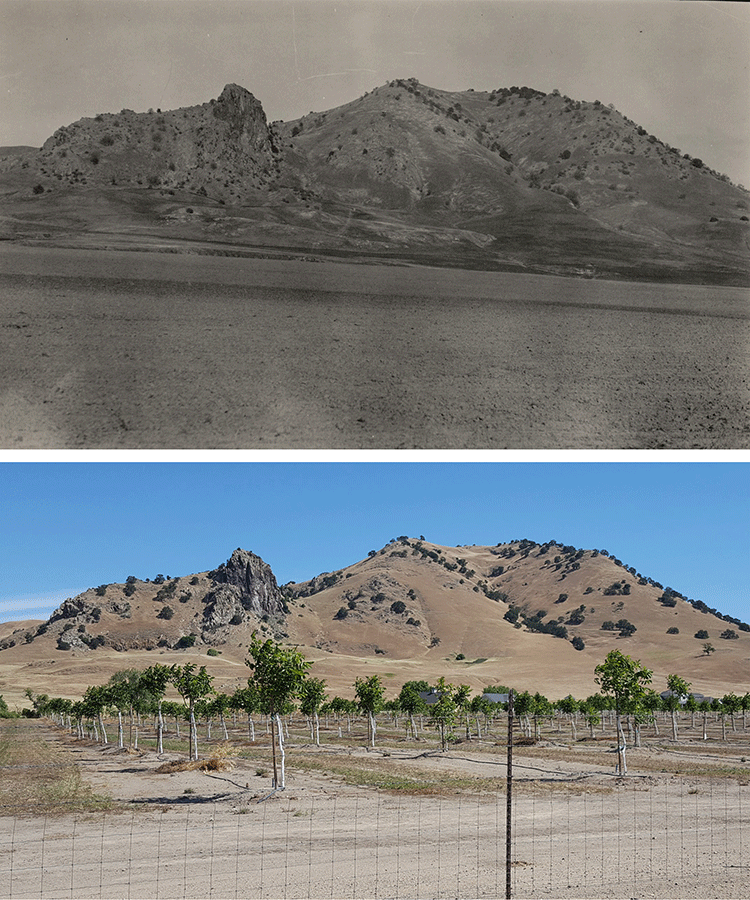Climate Change, Urbanization Drive Major Declines in L.A.’s Birds
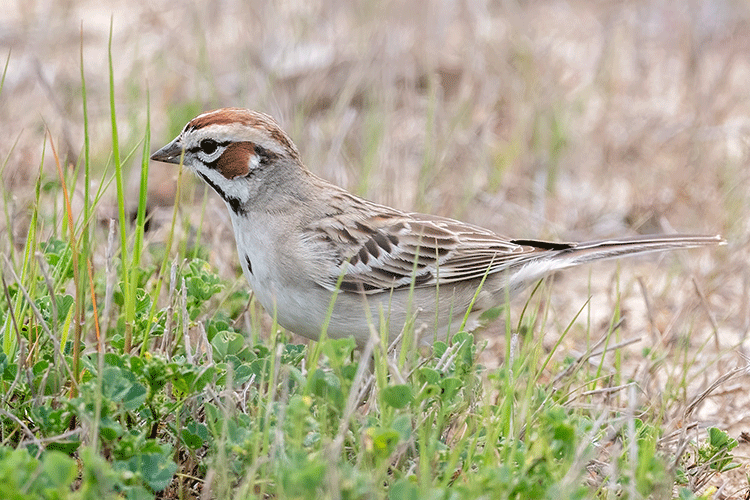
Climate change isn’t the only threat facing California’s birds. Over the course of the 20th century, urban sprawl and agricultural development have dramatically changed the landscape of the state, forcing many native species to adapt to new and unfamiliar habitats.
In a new study, biologists at the University of California, Berkeley, use current and historical bird surveys to reveal how land use change has amplified — and in some cases mitigated — the impacts of climate change on bird populations in Los Angeles and the Central Valley.
The study found that urbanization and much hotter and drier conditions in L.A. have driven declines in more than one-third of bird species in the region over the past century. Meanwhile, agricultural development and a warmer and slightly wetter climate in the Central Valley have had more mixed impacts on biodiversity.
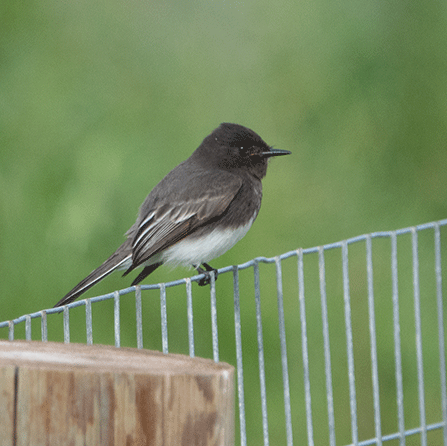
“It’s pretty common in studies of the impact of climate change on biodiversity to only model the effects of climate and not consider the effects of land use change,” said study senior author Steven Beissinger, a professor of environmental science, policy and management at UC Berkeley and a researcher at the campus’s Museum of Vertebrate Zoology (MVZ). “But we’re finding that the individual responses of different bird species to these threats are likely to promote unpredictable changes that complicate forecasts of extinction risk.”
The study, publishing today in the journal Science Advances, presents the latest results from UC Berkeley’s Grinnell Resurvey Project, an effort to revisit and document birds and small mammals at sites first surveyed a century ago by UC Berkeley professor Joseph Grinnell.
In the current study, the researchers resurveyed birds at 71 sites in L. A. and the Central Valley. They then used their findings — along with current and historical data on land use, average temperature and rainfall — to analyze how shifts in the climate and landscape may have contributed to changes in bird populations.
In L.A., they found that 40% of bird species were present at fewer sites today than they were 100 years ago, while only 10% were present at more sites. Meanwhile, in the Central Valley, the proportion of species that experienced a decline (23%) only slightly outnumbered the proportion that increased (16%). In many cases, opposing responses to climate and land use change by bird species, where one threat caused a species to increase while another caused the same species to decline, moderated the impacts of each threat alone.
The decline in bird species in L.A. over the past century is similar to the shocking bird community collapse that the research team documented in national parks in the Mojave Desert over the past 100 years, and linked to heat stress from climate change.
“The Central Valley had less change, in general — there were winners and losers,” Beissinger said. “Whereas in L.A., we saw mostly losers.”
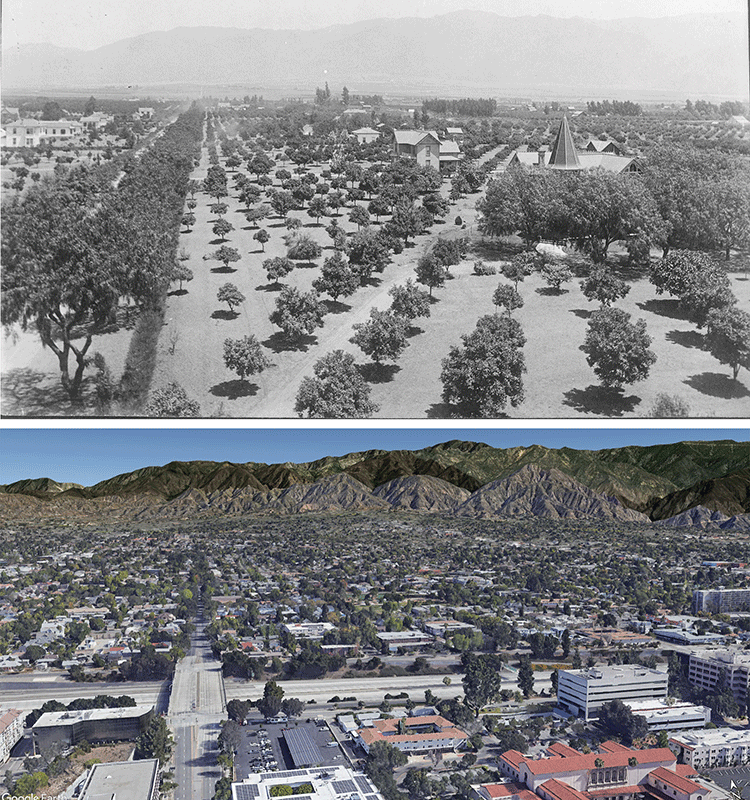
Windfalls and double whammies
Grinnell was a teenager when he first started documenting birds in the late 1890s near his childhood home of Pasadena, California. He later perfected his detailed approach to surveying as a professor of zoology at UC Berkeley and the first director of the MVZ.
“In those days, they didn’t have fancy binoculars. They didn’t have recordings of bird calls. So, they had to get in and learn the birds through the resources that were available. Oftentimes that was from specimens in museums. Sometimes that was through popular guides or handbooks,” Beissinger said. “Grinnell was ahead of his time in the way that he was taking field notes, and he was really draconian in also making all his students take those notes.”
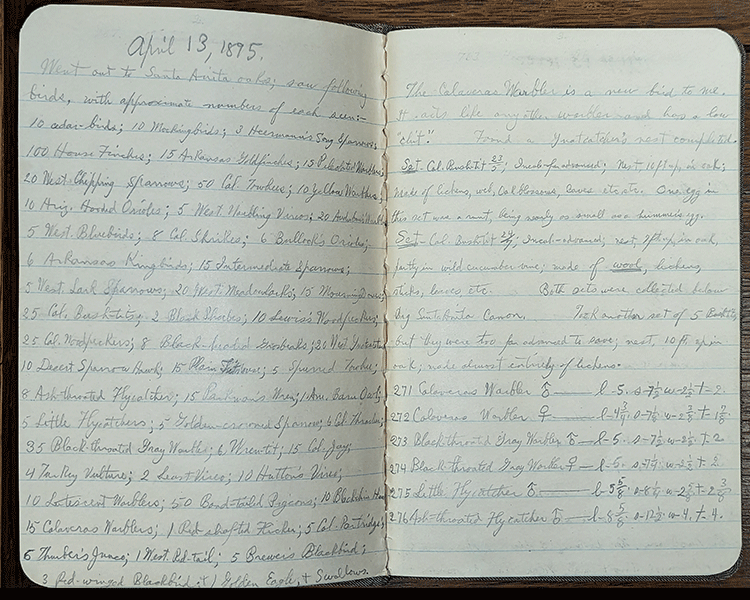
Grinnell’s meticulous field notes have allowed Beissinger and his team to construct a historical baseline of California’s bird life at the turn of the 20th century. The notes are so detailed that the researchers are able to reconstruct the birds encountered each day and account for the ways new technologies, such as better binoculars and field guides, have made it easier for contemporary biologists to detect birds. This analysis has allowed the team to make direct comparisons between the current and historical bird surveys.
To tease apart the disparate and sometimes opposing impacts of land use change and climate change, the researchers analyzed historical maps of urban development and agriculture to determine how the landscape at each study site had been modified during the 20th century. They also obtained historical average temperatures and rainfall at each site.
In L.A., they found that species such as Anna’s hummingbird and the American crow were able to adapt to both hotter and drier conditions and to urban development, experiencing what the researchers call a population “windfall.” Other species, such as the western meadowlark and the lark sparrow, were negatively impacted by both changes, instead experiencing a “double whammy.”
Species that experienced mixed impacts include the black phoebe, the great egret, the house wren and the blue-gray gnatcatcher.
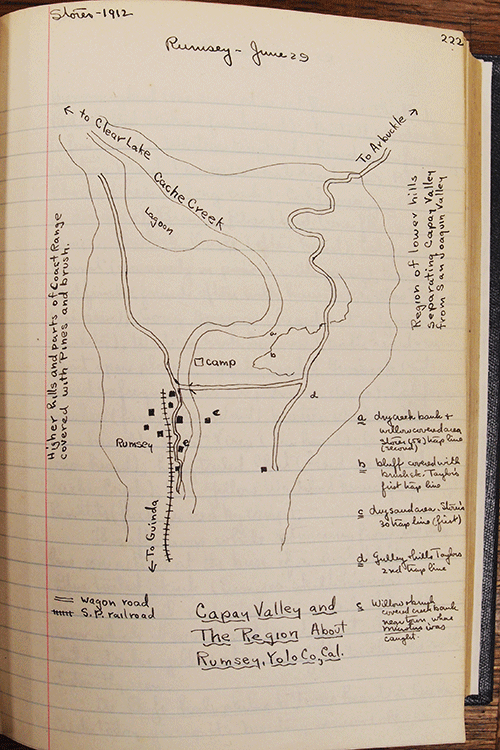
“Our findings really highlight the fact that we’ve got climate and land use change happening at the same time, creating happy conditions for some species, while other species are declining from the same changes,” Beissinger said. “Sometimes, species might also be pushed and pulled in different directions from the climate and land use changes.”
Bird species in the Central Valley also experienced a combination of windfalls, double whammies and mixed impacts, but the proportion of species that experienced windfalls was much higher in the Central Valley than in L.A. and nearly offset the proportion that experienced double whammies.
“There are some species that have been able to persist under the agricultural changes, and some that even colonized and increased because of those changes. But they tend to be species that are more common and widespread, and the more sensitive species are the ones that started disappearing when the natural grasslands were replaced by agriculture,” Beissinger said. “In the urban areas, there are just fewer species that are able to find what they need and avoid the city hazards.”
Additional co-authors of the paper include Sarah A. MacLean of the University of La Verne and Kelly J. Iknayan and Perry de Valpine of UC Berkeley. This work was supported by grants from the National Science Foundation (DEB 1457742, DEB 1911334 and DEB 1601523), the National Geographic Society (9972-16), a UC Berkeley Chancellor’s Fellowship and a Research Professorship from the Miller Institute.
